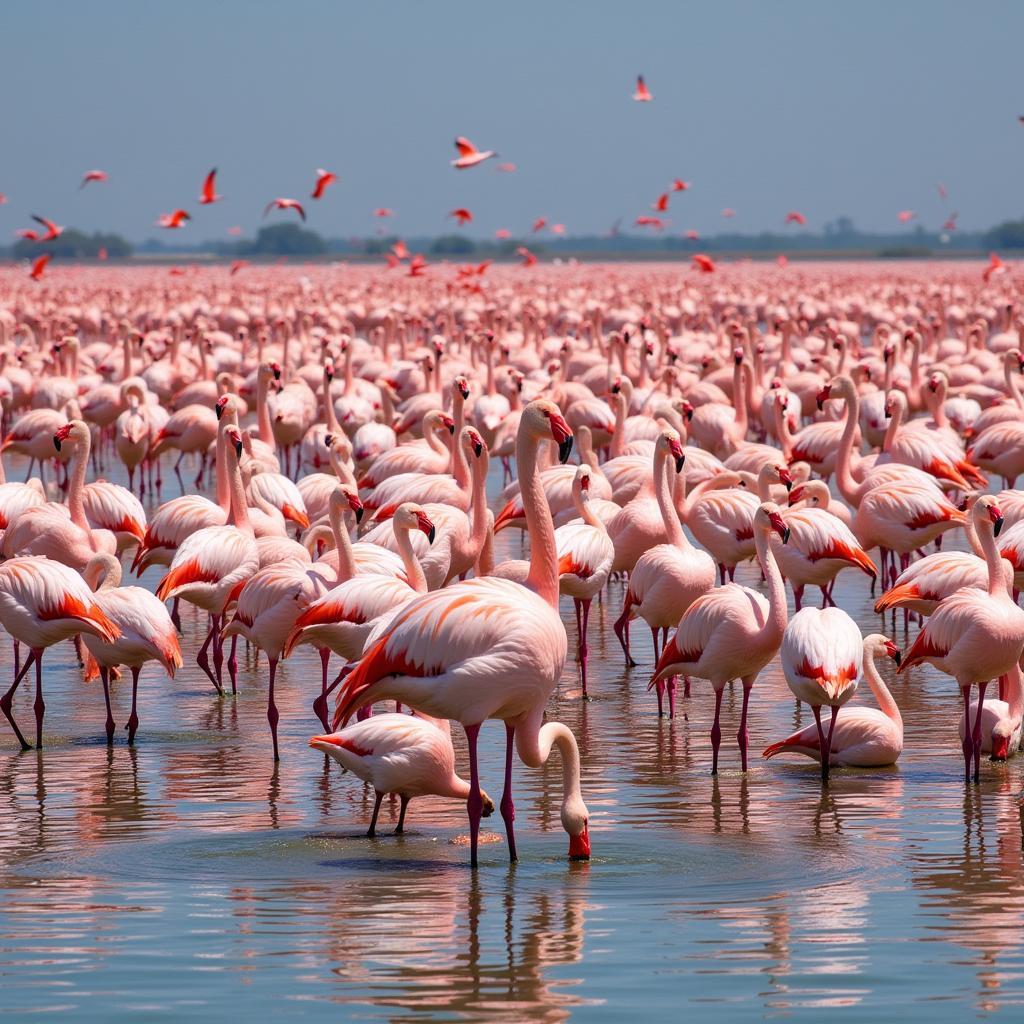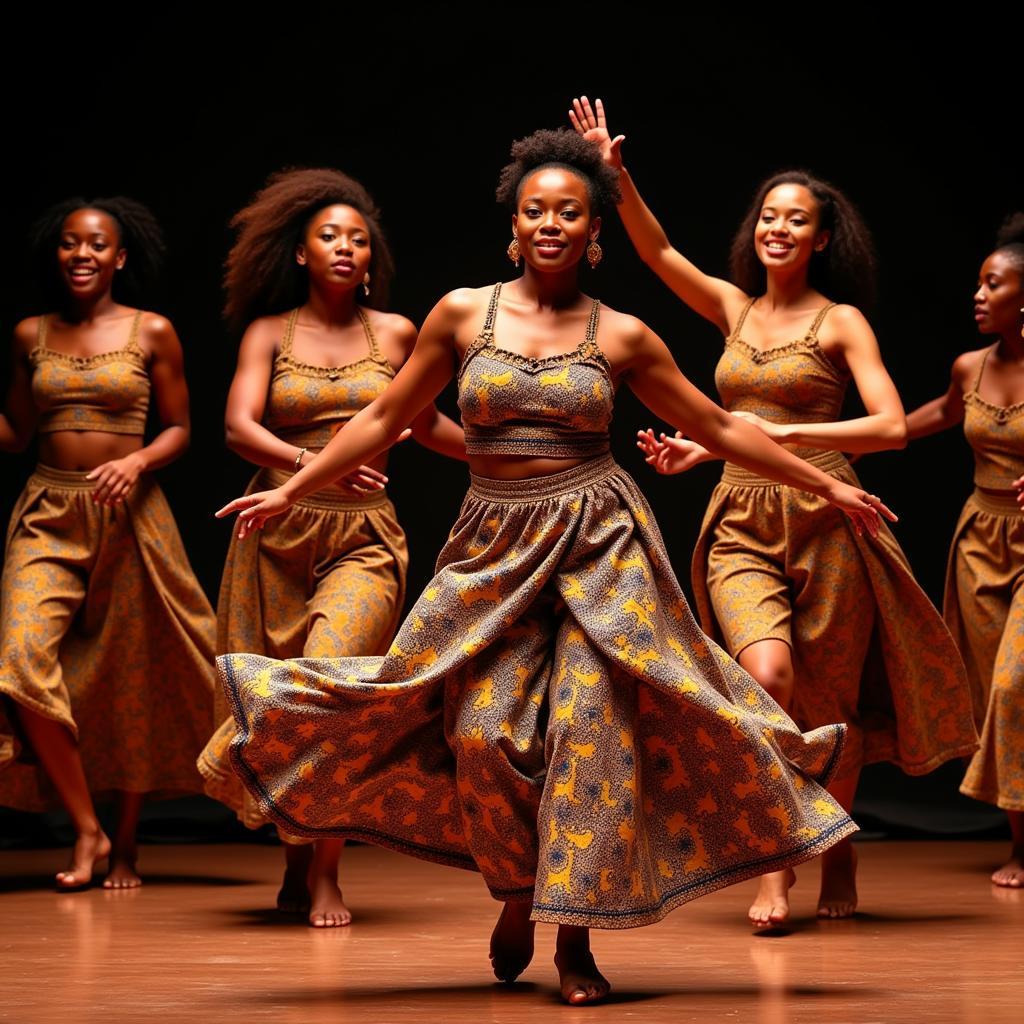African Animal Masks Templates: A Guide to Creating Your Own
African animal masks are vibrant and symbolic artifacts that hold deep cultural and spiritual significance. They are not just decorative items; they are expressions of identity, beliefs, and rituals. For centuries, these masks have been used in ceremonies, storytelling, and performances, bringing life to traditions and captivating audiences. If you’re intrigued by the beauty and power of African animal masks, you might be wondering how to create your own. This guide will walk you through the steps of designing and crafting your own unique African animal mask, incorporating elements that reflect the rich heritage of the continent.
Why Use African Animal Mask Templates?
Before we dive into the creative process, let’s understand the significance of using templates. African animal masks are often intricate and complex, requiring specific proportions and designs. Templates provide a solid foundation, allowing you to focus on the artistic details while ensuring structural accuracy.
Advantages of Using Templates:
- Guidance and Structure: Templates offer a clear outline and proportions, simplifying the initial design phase.
- Accuracy and Symmetry: Templates ensure that your mask will be balanced and symmetrical, contributing to its aesthetic appeal.
- Efficiency and Time Savings: Templates can significantly reduce the time required for sketching and planning.
- Inspiration and Exploration: Exploring different template designs can spark creative ideas and help you refine your vision.
Finding the Right African Animal Mask Template
The first step is to find a template that resonates with your creative vision. You can explore various resources online, including:
- Online Libraries: Websites like Google Arts & Culture and the Smithsonian Institution offer digital collections of African art, including mask templates.
- Craft and DIY Platforms: Etsy, Pinterest, and other crafting websites often feature downloadable templates.
- African Art Websites: Websites dedicated to African art and culture might offer specific mask templates or resources.
Tips for Choosing a Template:
- Consider the Animal: Choose an animal that speaks to you and aligns with the message or theme you want to convey.
- Explore Different Styles: Look at masks from various African regions and cultures to gain inspiration.
- Evaluate Complexity: Choose a template that suits your skill level and the time you’re willing to dedicate.
African Animal Mask Templates: A Look at Different Styles
African animal masks are diverse, reflecting the rich tapestry of cultures across the continent. Here are some popular styles and their associated animals:
- The Bushbuck Mask: A symbol of strength and agility, the Bushbuck mask is often found in the Bamileke region of Cameroon.
- The Antelope Mask: This mask is associated with beauty, grace, and speed. It’s commonly seen in ceremonies of the Dogon people in Mali.
- The Elephant Mask: Representing power, wisdom, and longevity, the Elephant mask is prominent in the art of the Fang people of Gabon.
- The Lion Mask: A symbol of royalty, courage, and leadership, the Lion mask is widely used in ceremonies across West Africa.
How to Design Your Own African Animal Mask
Once you have chosen a template, it’s time to personalize it with your creative touch. Here are some ideas:
- Incorporate Cultural Elements: Research the symbolism and design principles associated with the chosen animal in different African cultures.
- Experiment with Materials: Explore a variety of materials like paper mache, wood, clay, or even recycled materials to create a unique texture.
- Add Color and Patterns: Use vibrant colors, geometric designs, and traditional motifs to add depth and cultural richness.
- Experiment with Facial Features: Adjust the eyes, nose, and mouth to create a unique expression that reflects the personality of your animal.
Crafting Your African Animal Mask: A Step-by-Step Guide
Materials You Will Need:
- African Animal Mask Template: The foundation for your creation.
- Cardboard, Wood, or Paper Mache: The base material for shaping the mask.
- Scissors, Cutting Mat, and Craft Knife: For precise cutting and shaping.
- Glue, Tape, and Fasteners: For securing the mask’s components.
- Paint, Brushes, and Palette: For adding color and detail.
- Decorative Elements: Beads, feathers, fabrics, or other embellishments.
Steps to Create Your Mask:
- Trace the Template: Trace the template onto your chosen material, ensuring accurate proportions.
- Cut and Shape: Carefully cut out the mask using scissors and a craft knife, paying attention to intricate details.
- Assemble the Parts: Glue or tape the mask sections together, creating a solid structure.
- Add Decorative Elements: Incorporate beads, feathers, fabrics, or other embellishments to add visual interest.
- Paint and Detail: Apply paint to the mask, using vibrant colors and patterns.
- Add Final Touches: Incorporate any remaining decorative elements and finalize your mask.
Expert Insights on Creating African Animal Masks
“I always encourage artists to research the cultural significance of the animal they are representing. Each animal holds unique meanings and symbolism in different African cultures. Understanding this depth will add authenticity and meaning to your mask.” – Amina Diouf, renowned African artist
“When choosing materials, consider the traditional methods used in different African communities. You can explore wood carving, leatherwork, or even recycled materials to create unique textures and designs.” – Bamidele Ojo, cultural anthropologist and mask maker
“The beauty of African animal masks lies in their expression. Play with facial features, eye shapes, and mouth formations to capture the spirit and personality of your chosen animal.” – Tunde Balogun, artist and mask maker
Conclusion
Creating your own African animal mask is a journey of cultural exploration, creative expression, and honoring the vibrant traditions of the continent. By utilizing templates, researching cultural elements, and incorporating your own unique vision, you can craft a masterpiece that captures the essence of African art and symbolism. Remember, the process is as important as the finished product, allowing you to connect with the spirit of the African animal and celebrate the beauty and heritage of the continent.
Frequently Asked Questions (FAQ)
Q: What is the best material to use for making an African animal mask?
A: The best material depends on your skill level and desired look. Cardboard is easy to work with, while wood and paper mache offer more durability and flexibility.
Q: What are some traditional African mask designs I can try?
A: You can find inspiration in the designs of masks from the Yoruba, Igbo, and Ashanti tribes, as well as masks from other regions like the Dogon, Bamileke, and Fang cultures.
Q: Can I add my own personal touch to a traditional mask design?
A: Absolutely! You can experiment with color combinations, patterns, and embellishments to create a unique and personalized mask.
Q: What is the importance of African animal masks?
A: African animal masks play significant roles in ceremonies, rituals, storytelling, and expressions of cultural identity. They represent ancestral spirits, deities, and social values.
Q: Where can I find resources for learning more about African animal masks?
A: You can find information on websites like Google Arts & Culture, The Smithsonian Institution, and various African art and cultural websites. You can also explore books and documentaries on African art and traditions.

